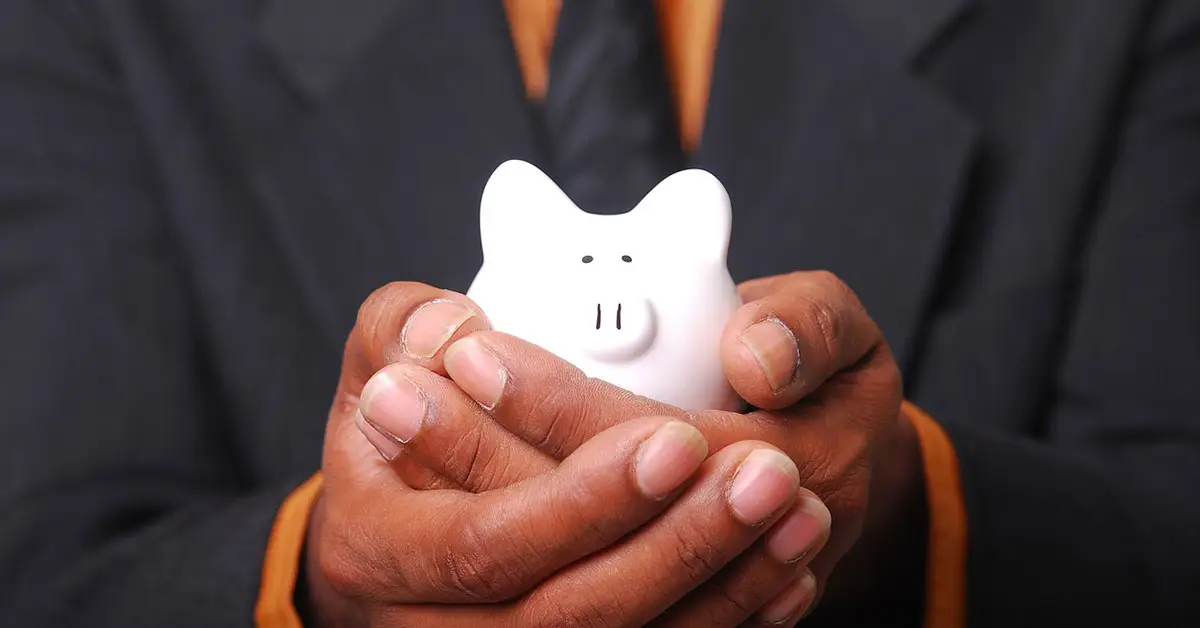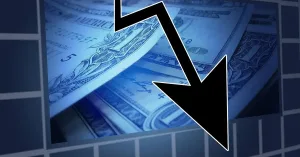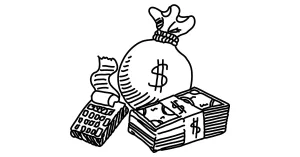2023 has been a hard year financially for many people. Grocery prices have skyrocketed and the average family can barely get by on even a two-income situation. Considering all of this, saving money may be the last thing on your mind going into 2024. However, there is light at the end of the tunnel. In this article, we will offer tips on how to make 2024 the year you substantially increase your savings despite the economy.
Sadly, according to a survey of Americans by GoBanking Rates, 69% of Americans have less than $1000 in their savings accounts. Never has there been a more important time than now to begin to change your financial situation.
The good news is that most of the fault in having no savings lies in excessive spending on non-essentials, something you can address. Taking control of your spending will empower you and help you feel more in control of your finances and your life.
Below are important tips on how to save money in 2024:
- Automate transfers-setting up automatic transfers from your checking account to your savings account each month, the money will accumulate over time without any additional work on your part. This technique can be especially useful when your savings accounts are dedicated to specific goals, such as establishing an emergency fund, going on a vacation, or building a down payment.
- Save Your Coins- save your change manually by setting it aside each night. After you have a sizable amount, you can deposit it directly into your savings and watch your account grow from there. When you want to watch your spending, it’s a good idea to use cash instead of credit cards because it can be harder to part with physical money. While this strategy doesn’t build savings overnight, it's a solid approach for slow-and-steady savings growth.
- Prep for grocery shopping-little work before you go to the grocery store can go a long way toward helping you save money on groceries. Check your pantry and make a shopping list to avoid impulse buying something you don't need. Learn how to get coupons and join loyalty programs to maximize your savings as you shop. In exchange for sharing your phone number or email address, your local store’s loyalty program might offer additional discounts. If you use a cash-back credit card, you can earn extra cashback on grocery purchases. Some cards offer as much as 5% or 6% cash back, but you’ll want to be sure to pay off your bill each month to avoid paying interest and fees. If you shop for groceries at a large retailer like Target, Amazon, or Walmart, you can often find additional savings by downloading the store’s app. Apps like Flipp help you sort through sales flyers and coupons from local stores when you enter your ZIP code.
- Minimize restaurant spending--One of the easiest expenses to cut when you want to save more is restaurant meals since eating out tends to be pricier than cooking at home. If you still want to eat at restaurants, try to reduce the frequency and take advantage of credit cards that reward restaurant spending. You can also opt for appetizers or split an entree with your dining companion to save money when you eat out. Skipping drinks and dessert or indulging in both at home post-dinner can help stretch your budget as well.
- Get discounts on entertainment--You can take advantage of free days at museums and national parks to save on entertainment costs. Your local community might offer free concerts and other in-person or virtual events; check your local calendar before splurging on pricey tickets to private events. You can also ask about discounts for older adults, students, military members or veterans, first responders, and more.
- Map out major purchases--You can save by timing your purchases of appliances, furniture, cars, electronics, and more according to annual sale periods. It’s also worth confirming a deal is a deal by tracking prices over time. You can let tools do this step for you; the Camelizer browser extension tracks prices on Amazon and can alert you of price drops. The Honey browser extension pulls in coupon codes and checks for lower prices elsewhere. When you're shopping in person, make sure you get the best deal by using the ShopSavvy app. It lets you scan bar codes and alerts you of better prices elsewhere.
- Restrict online shopping--You can make it more difficult to shop online to stop spending money on things you may not need. Instead of saving your billing information, opt to input your shipping address and credit card number each time you order. You’ll probably make fewer impulse purchases because of the extra work involved. You may even consider deleting any shopping apps from your phone for the time being.
- Get creative with gifts--You can save money with affordable gift ideas, like herb gardens and books, or go the do-it-yourself route. Baking cookies, creating art, or preparing someone dinner can demonstrate that you care just as much as making an expensive purchase, and perhaps even more so. You can also shower someone with the gift of your time by offering to take them to a local (free) museum or other event. To plan for costs, create a calendar for all the important gift-giving events for the year. Then create a savings bucket or "sinking fund" specifically for gifts, and buy the items during major sale periods.
- Bundle cable and internet--You could lower your cable bill by as much as $40 per month by downsizing your cable package. And you could save more than $1,000 over two years by bundling your cable and internet service, depending on your carrier. Another option to consider is cutting cable or at least cutting some of your additional streaming services or premium subscriptions.
- Reduce your electric bill-Big and small changes in your energy usage can help you save hundreds annually on your electric bill. Consider plugging any insulation leaks in your home, using smart power strips, swapping in more energy-efficient appliances, and switching to a smart thermostat. Even incremental drops in your monthly electricity usage can add up to big savings in the long term.
- Cancel unnecessary subscriptions--You might be paying for subscriptions you no longer use or need. Reviewing your credit card or bank statement carefully can help you flag any recurring expenses you can eliminate. Avoid signing up for free trials that require payment information, or at least make a note or set a calendar reminder to cancel before the free period ends.
- Set savings goals--Set a specific but realistic goal. It may be “save $5,000 in an individual retirement account this year” or “pay off my credit card debt faster.” Use a savings goal calculator to see how much you’d have to save each month or year to reach your goal.
- Track spending--Keep track of your monthly cash flow — your income minus your expenditures. This step will also make it easier to mark progress toward your savings goal. Try a budget app that tracks your spending. There are several great ones out there.
- Pay off high-interest debt-Debt payments can be a huge burden on your overall budget. If you can pay off high-interest debt more quickly through extra payments using the snowball or avalanche methods, you’ll save on total interest paid and free yourself from that burden sooner. Then, start putting the money into savings instead. If you don’t have disposable income to make extra payments, consider picking up a side hustle to make money to put toward your debt.
- Make saving automatic--Almost all banks offer automated transfers between your checking and savings accounts. You can choose when, how much, and where to transfer money or even split your direct deposit so that a portion of every paycheck goes directly into your savings account. The advantage: You don’t have to think about it, and you’re less likely to spend the money instead. Other easy savings tools include credit card rewards and spare change programs, which round up transactions to the nearest dollar and transfer the difference into a savings or investment account.
- Create a Budget and Stick to It--Whether it's something you need or something you want, creating a budget can help you keep your spending in line so you can reach your financial goals. Bank of America has this great video to help you learn to create a budget and stick to it. One simple fix for understanding your money and keeping to a budget is to have access to a financial file converter that quickly converts your bank statement to a PDF format.





















Add comment